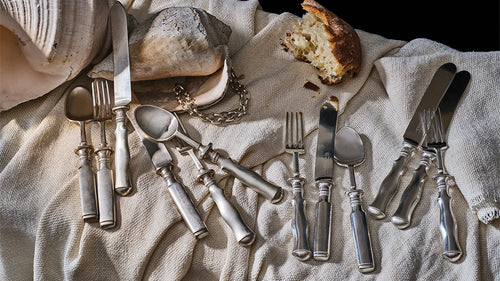Most Japanese potters frown upon spending too much time on an object so as not to overstate it, yet Anzai navigates this perfectly. His process is committed to ensuring that the object contributes to the space it inhabits. A graduate of the Traditional Art School Kyoto and hailing from an impressive lineage, Anzai has learned from Taizo Kuroda, who was an apprentice to Tatsuzo Shimaoka (National Treasure). Shimaoka is known for distilling 5,000 years of pottery with his work and was the pupil of Shoji Hamada (National Treasure). Shoji Hamada, along with Bernard Leach and Soetsu Yanagi, were important figures in the introduction of Japanese aesthetic culture to the world of modern craftsmanship in the 20th Century. Anzai honors this lineage of ceramic tradition and at the same time, creates an entirely new aesthetic.
Kenta Anzai’s bold ceramics create a moving experience that comes from a place of profound truth of character based on a belief of the Mingei philosophy that craft, “is not to be learned by intellect, but with the body.” Emphasizing the connection between the quality of an object and the spirit with which it is made, where beauty is found in utility and art in humility.



For Anzai’s first exhibition in the United States, Roman and Williams GUILD is proud to host the most extensive collection of his work in one place – with over 50 new black and white pieces shown together for the first time. Representing the current renaissance of Japanese artisanal craft, Anzai bridges an ancient and modern context in his work.
Born in 1980 in Fukushima, Japan, where he currently lives and works, Anzai has developed an innovative process for his black surfaces. Using earthenware and urushi, a natural lacquer more commonly used today on wood surfaces, yet historically, during the Jomon period, it was used on pottery to waterproof and strength before the advent of glaze. Applying several layers and polishing each, one piece can take one to two months to complete. Anzai’s white surfaces undergo a similar process using porcelain and white slip.
KENTA ANZAI
IN PRAISE OF SHADOWS
安齊 賢太
November 21st – December 3rd, 2019
Roman and Williams GUILD
53 Howard St, New York, NY 10013



























